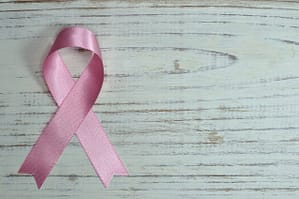Emergence of JN.1
As we navigate through the winter illness season, a new player has entered the scene in the United States: JN.1, a variant of the virus responsible for COVID-19 and a descendant of the notorious Omicron. Let’s delve into the key aspects of JN.1, its characteristics, and what it means for our ongoing battle against the pandemic.

Unraveling the JN.1 Variant
JN.1’s Rise in the U.S.
First detected in September, JN.1 has gradually gained prominence, constituting over 20% of sequenced test samples by the CDC as of December 9. Projections even suggest that it may be responsible for at least half of new infections by the end of the month [source].
Is JN.1 More Infectious or Severe?
Genetic Similarity to BA.2.86
JN.1 shares close genetic ties with BA.2.86, another Omicron descendant. According to the CDC, the two variants are nearly identical, differing only in a single aspect of their spike proteins, the crucial part enabling the virus to invade human cells.
Contagiousness and Severity
The surge in JN.1 infections implies heightened contagion or better evasion of our immune defenses. However, there is currently no evidence suggesting increased severity of the disease. The World Health Organization has not classified JN.1 as a variant of concern [source]. Symptoms are expected to align with those of previous variants, including sore throat, fatigue, headache, congestion, coughing, and fever [source].
Effectiveness of Vaccines, Tests, and Treatments
Positive Signs
Current indications are optimistic, with COVID-19 tests and treatments anticipated to be effective against JN.1. Research on the latest booster, primarily designed for XBB.1.5, suggests it generates antibodies that also work against JN.1, albeit in lesser quantities. Vaccines may not completely prevent JN.1 infections but are likely to reduce the risk of severe outcomes [source].
Potential Impact on COVID-19 Surge in the U.S.
Surveillance and Data Trends
While the CDC no longer records every COVID-19 diagnosis, other indicators signal increased disease activity. Wastewater surveillance and rising hospitalizations, especially in the Northeast, raise concerns. However, it’s too early to predict if JN.1 will cause a significant surge, given the ongoing holiday season [source].
Defense Strategies
Amid uncertainties, established defenses against JN.1 and other variants remain consistent: vaccination, masking in crowded indoor spaces, and minimizing exposure to potentially infected individuals.
In Conclusion
As we navigate the evolving landscape of COVID-19, staying informed and adhering to preventive measures becomes crucial. JN.1 introduces new questions, but our collective efforts in vaccination and responsible behavior remain key in mitigating its potential impact.


Average Rating